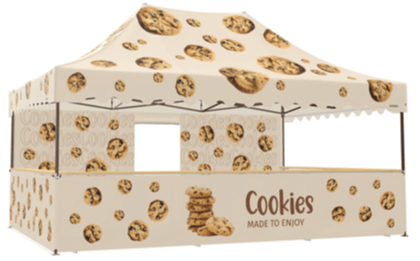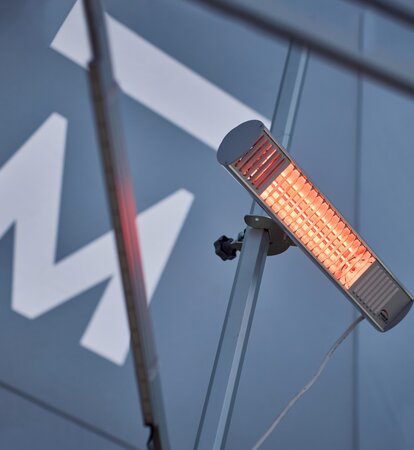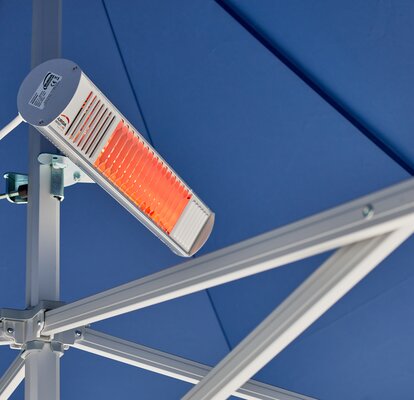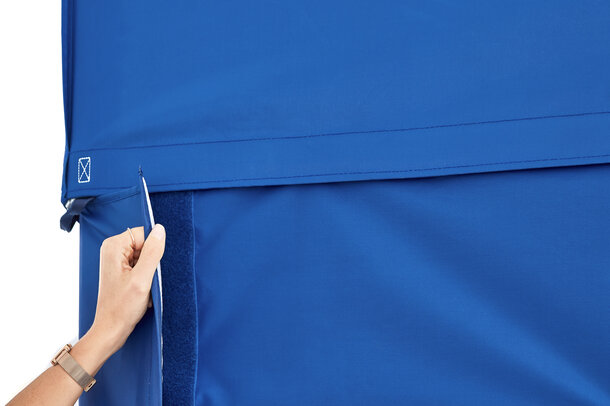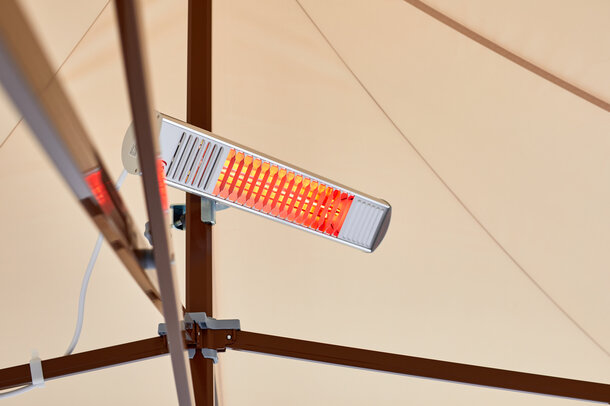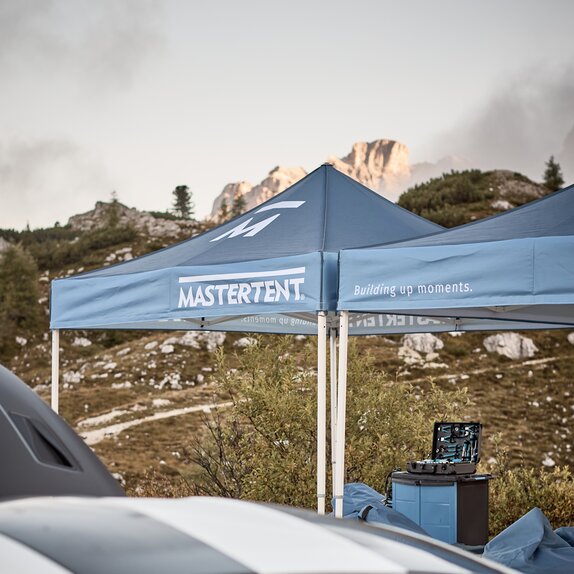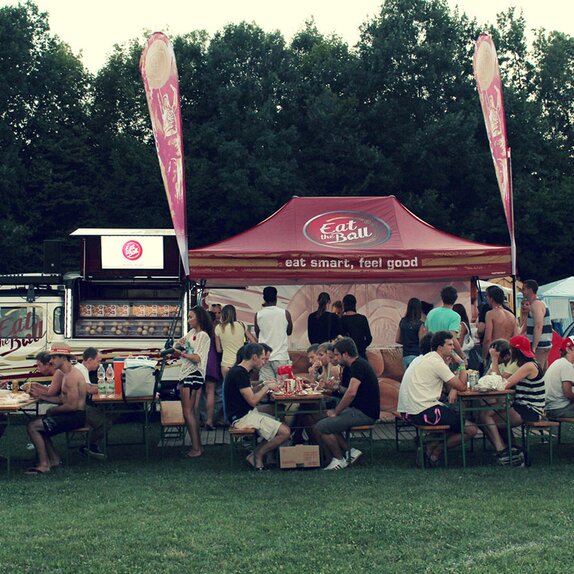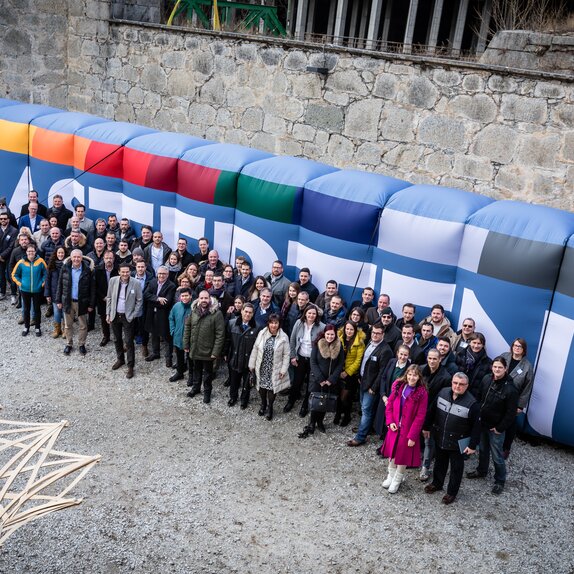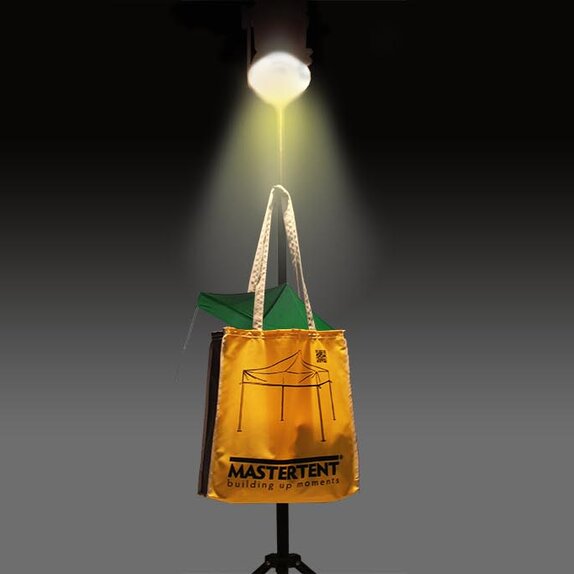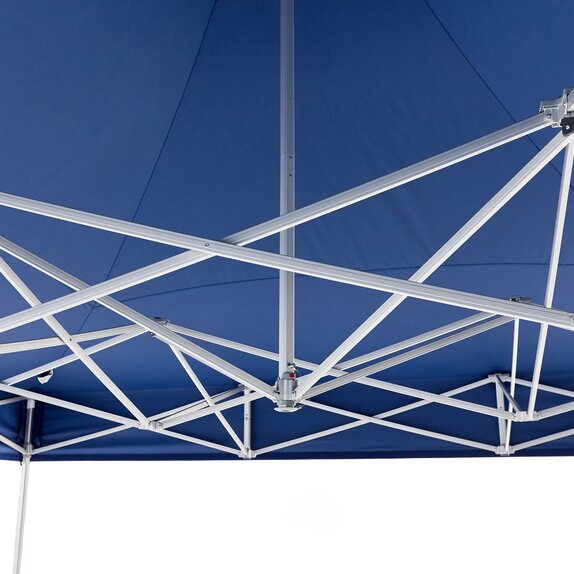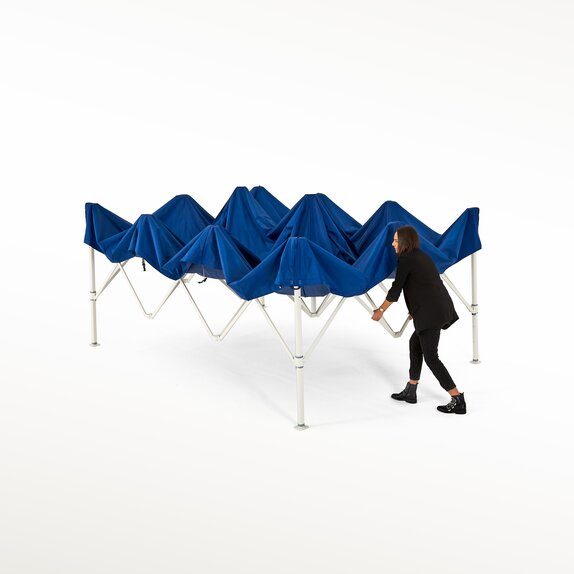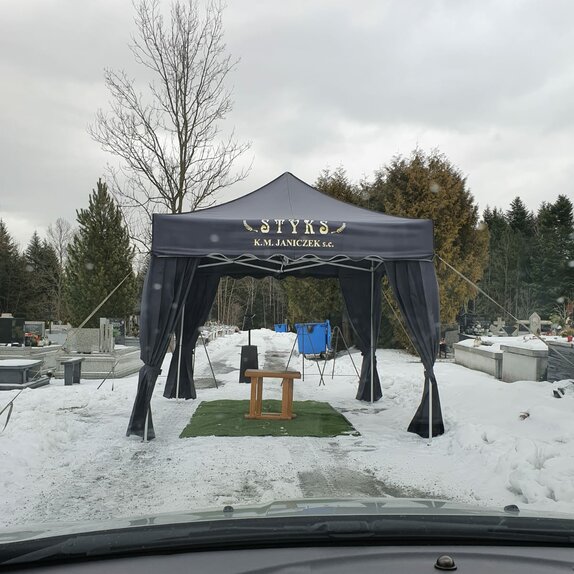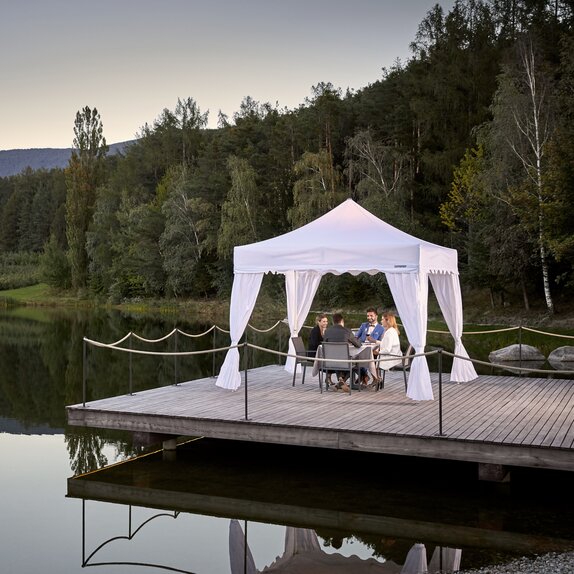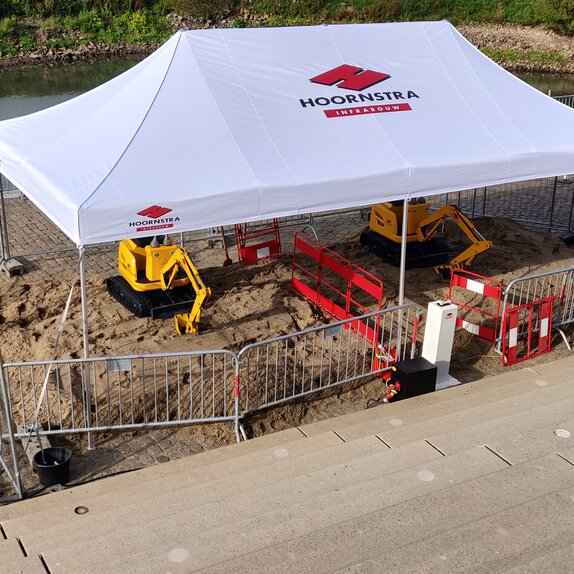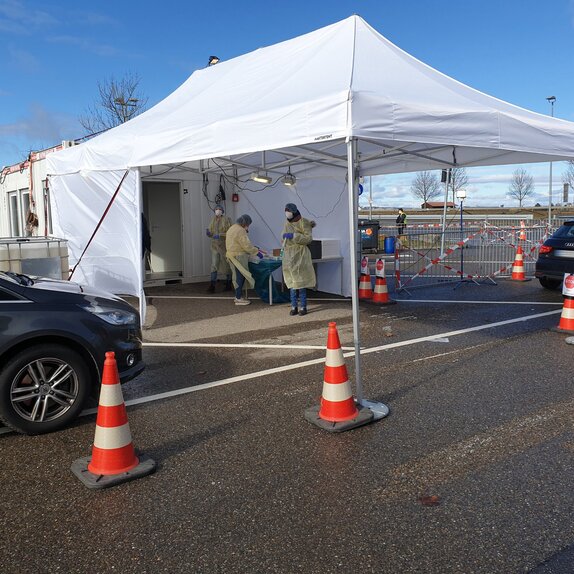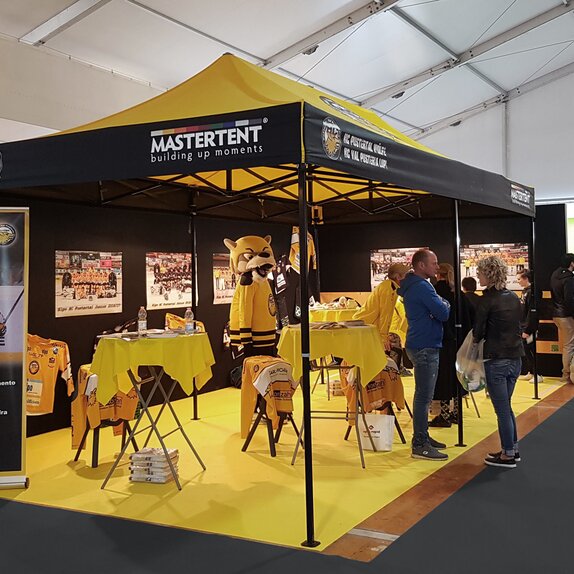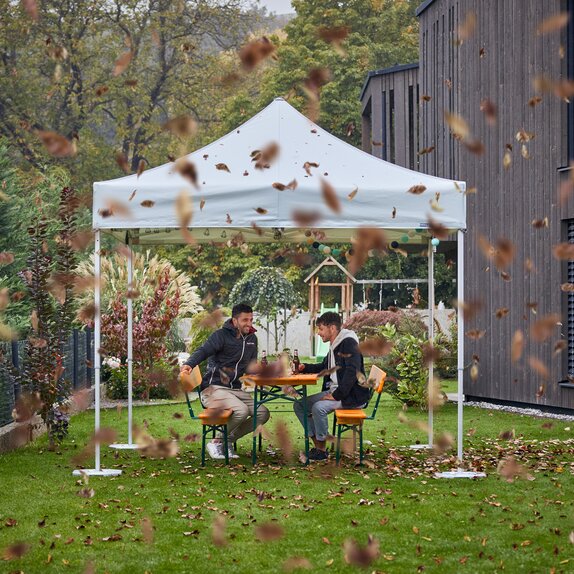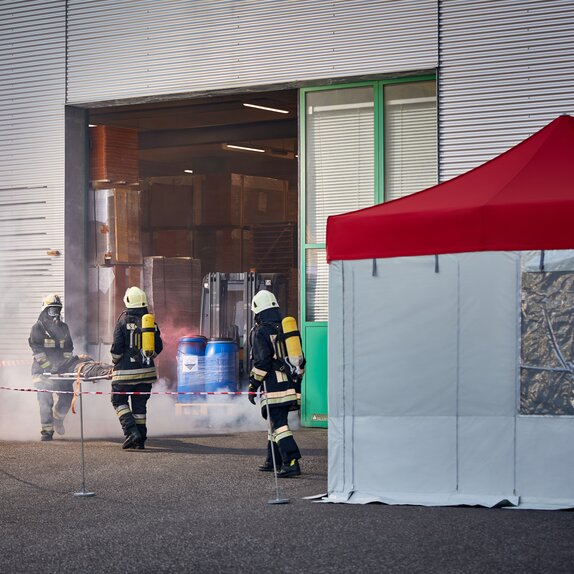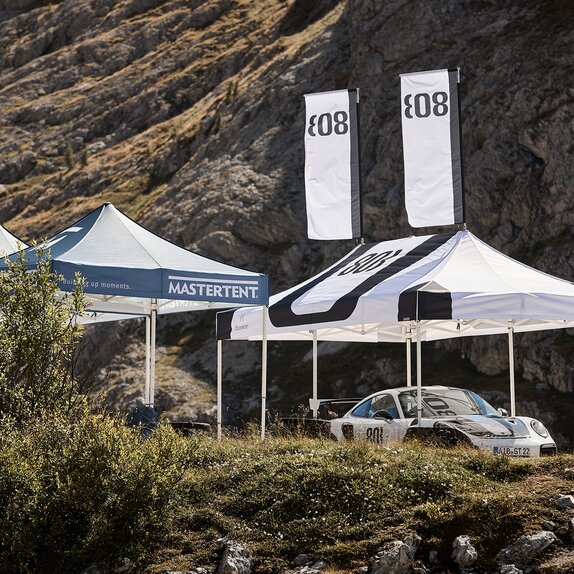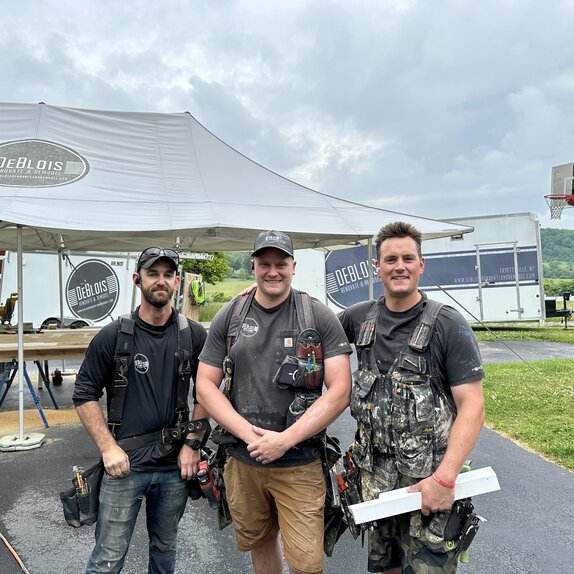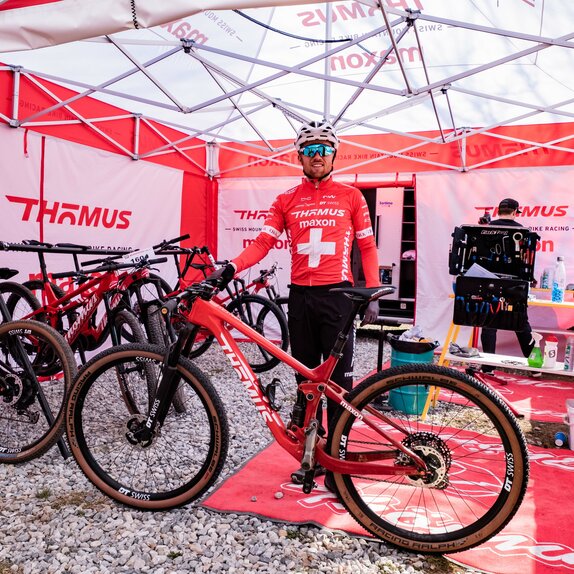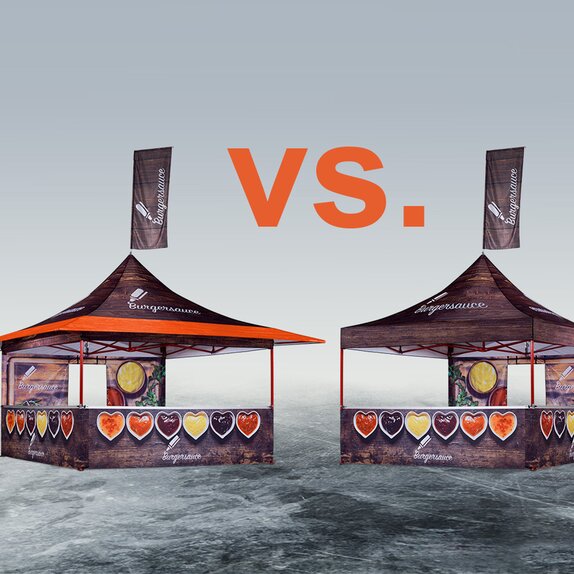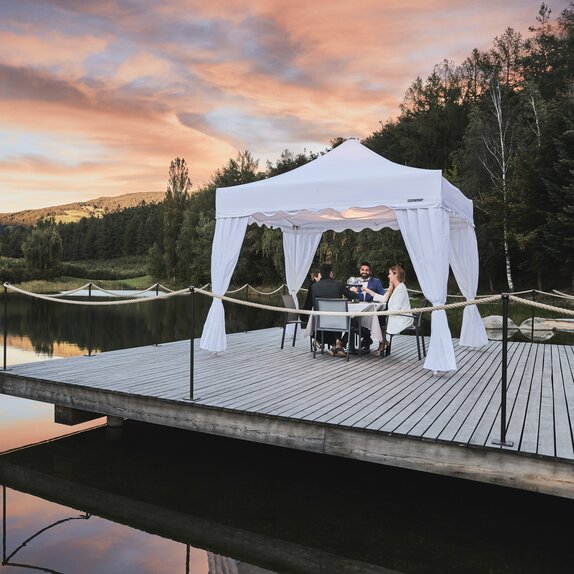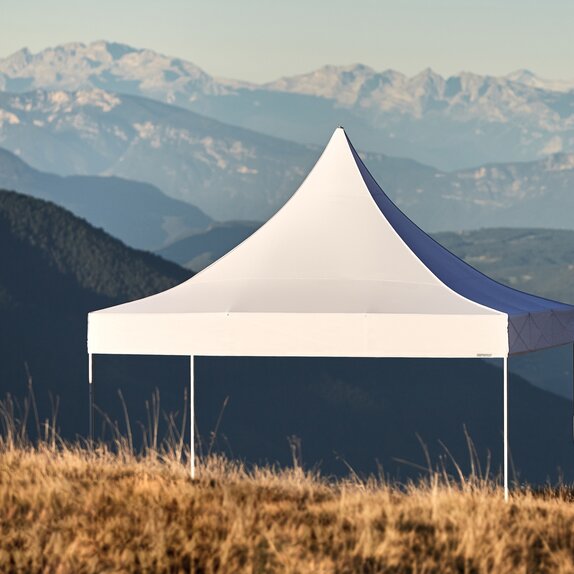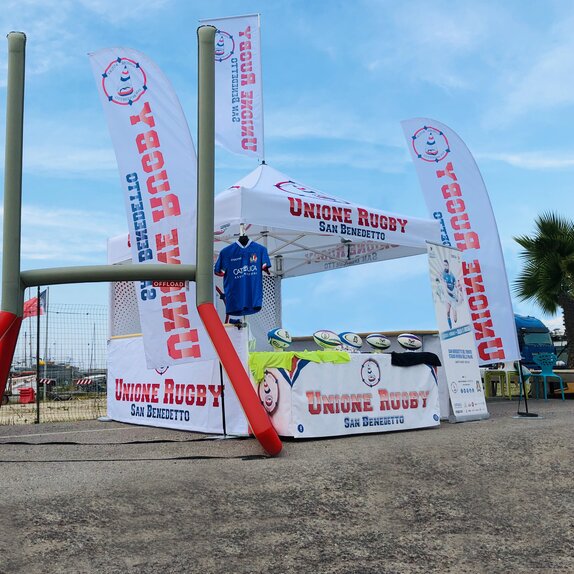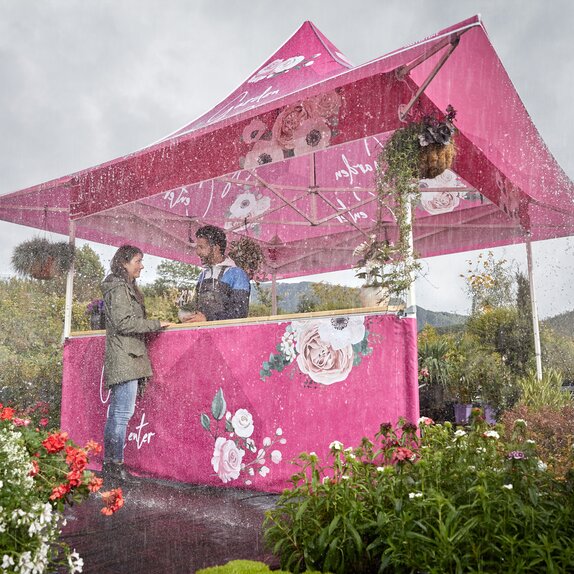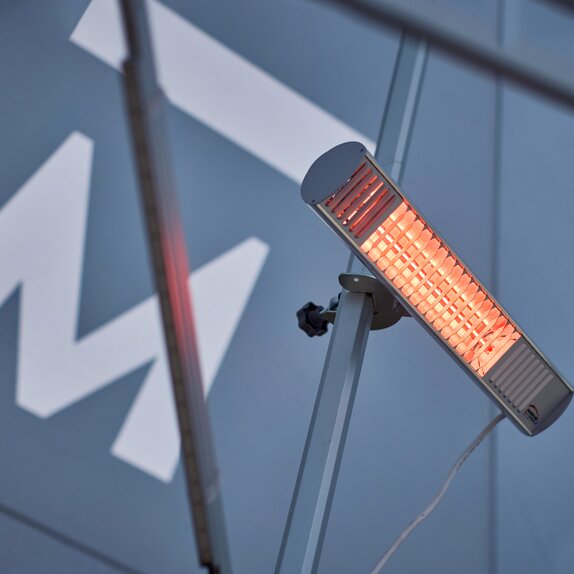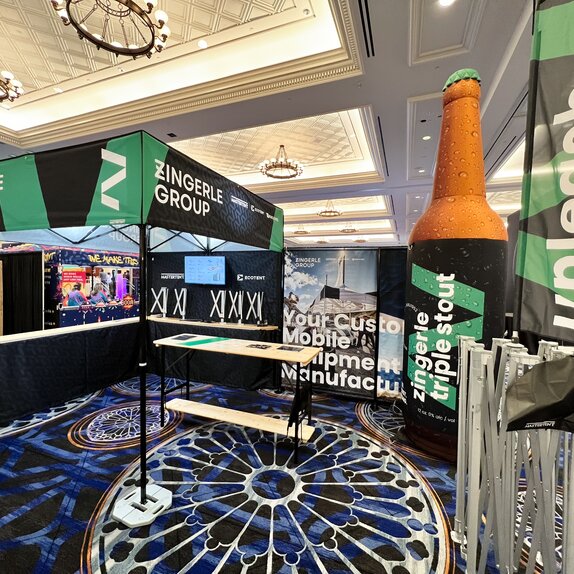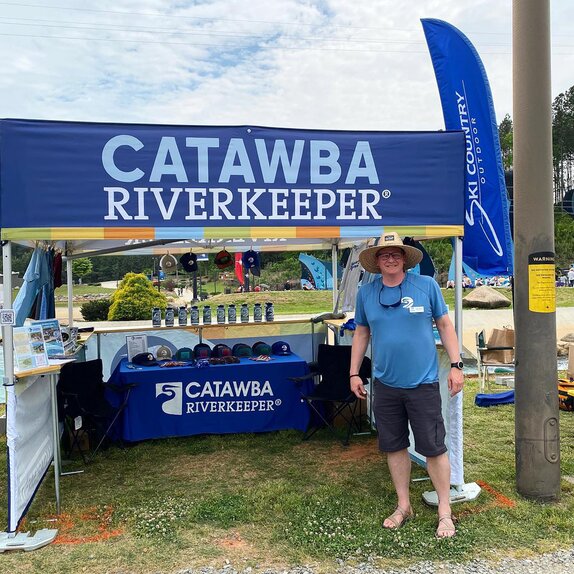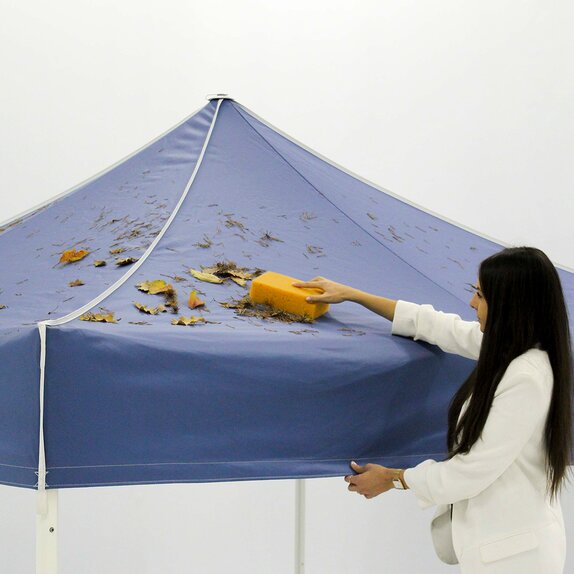Mobile Heater FAQs
Everything You Need to Know about Mobile Tent Heaters
Mobile heaters provide much-needed warmth when using your canopy tent or serving pavilion in the winter and colder climates. Here are frequently asked questions to help you set up and safely use your tent heater:
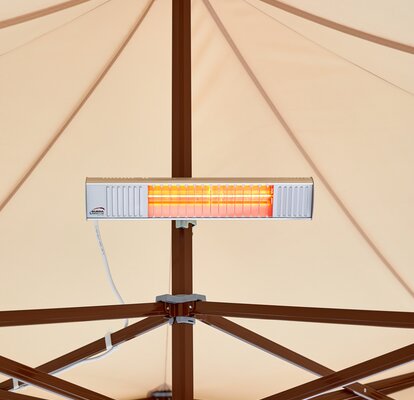
What are the specs of Mastertent heaters?
Our heaters are electric heaters using short-wave infrared technology.
- Power: 1,500 watts
- Dimensions: 20.28 x 3.74 x 4.92" (51.5 x 9.5 x 12.5cm)
- Weight: 5lb (2.3kg)
- IP44 Protection Rating for resistance against water splashes and solid objects larger than 1mm
- Polished Aluminum Finish
How much space does the heater cover?
With its 1500W output range, the heater can effectively heat an area of approximately 108 square feet (10 square meters) according to industry standards for infrared heaters. This coverage is based on the heater's maximum power output of 1500W, which translates to about 5,120 BTU/hr.
It's important to note that actual heating coverage may vary depending on factors such as ambient temperature, wind conditions, and the level of enclosure in the outdoor space.
How do I mount my heater in my canopy tent?
- Attach the heater mount to the heater using the included hardware (screw and nut attachments).
- Mount to your tent mast or leg using the clamp handle to tighten around the tent frame. Avoid direct contact with the canopy tent roof or sidewalls.
- Install the heater at a 45-degree angle (+/- 10 degrees) for optimal heat dispersion and safety.
- Mount the heater at least 6ft (1.8m) above the ground. (Our tents have a 6' 7" clearance height. Heaters mounted to the tent framework are within safety positioning.)
- Use provided clips for cord management. Inside the tent, keep the cord connection elevated off the ground to avoid contact with any moisture, reducing the risk of electrical shock.
How do I power my heater?
Your heater needs to be connected to a power supply to be operational. The heater's 120V hardwire configuration requires a dedicated 120V power source.
- Use a heavy-duty extension cord rated for at least 15 amps and 1500 watts. Heavy Duty 12 gauge or thicker and 50’ or less is recommended.
- Avoid connecting multiple extension cords to prevent fire hazards.
- Use only one heater per 15/20 amp 120V circuit to prevent overloading.
- If using multiple heaters, each should have its own dedicated circuit with no other appliances on the same circuit breaker.
How else can I keep my tent warm?
Adding sidewalls to your tent helps to retain heat inside your canopy to tent or to block external temperatures and winds. Mastertent sidewalls are designed with fully-enclosed fabric flaps that attach the sidewalls to your tent and to one another. These fabric panels extend the full height of your canopy tent - blocking any gaps for wind to keep the warm in. Common recreational-grade tent walls use velcro strap walls that may block some of the outside wind, but leave pockets for air to access the tent interior.
For more rugged weather conditions, our tactical rescue tent system equips your tent walls with extended ground flaps that can secure to tent flooring - completely enclosing the tent. Tents can also be equipped with an internal fabric cabin to create a climate control chamber on request.
Is my tent certified for fire-safety?
Mastertent fabrics are tested and certified as fire-retardant under NFPA 701, CPAI-84 Sec. 6, and EN 13401-1:2019 - all industry standards for fire safety. Each Mastertent roof or sidewall contains a quick-reference tag with all fire certifications, preparing you for on-site safety checks.
Be sure to avoid direct contact between tent heaters and fabrics.
What safety precautions should I know about the heater?
- The heater should only be used with a properly installed socket outlet with an earthing contact.
- Do not allow contact with water or wet hands when in use.
- Do not hang objects (clothing, fabrics, etc) from the heater to dry.
- Avoid flammable objects, sprays, or environments when heaters are in use.
- Allow the heater to cool before adjusting positioning or unmounting and storing.
- Regularly inspect the extension cord and connections for any signs of wear or damage. Replace any damaged components immediately.
- If the extension cord feels warm, unplug immediately and verify that the circuit is not powering other items, and that the extension cord is a suitable gauge and length.
